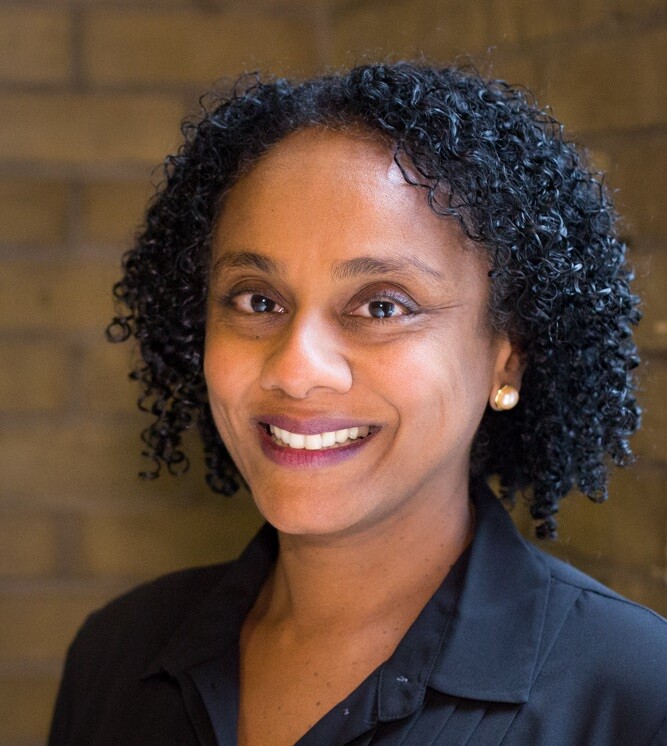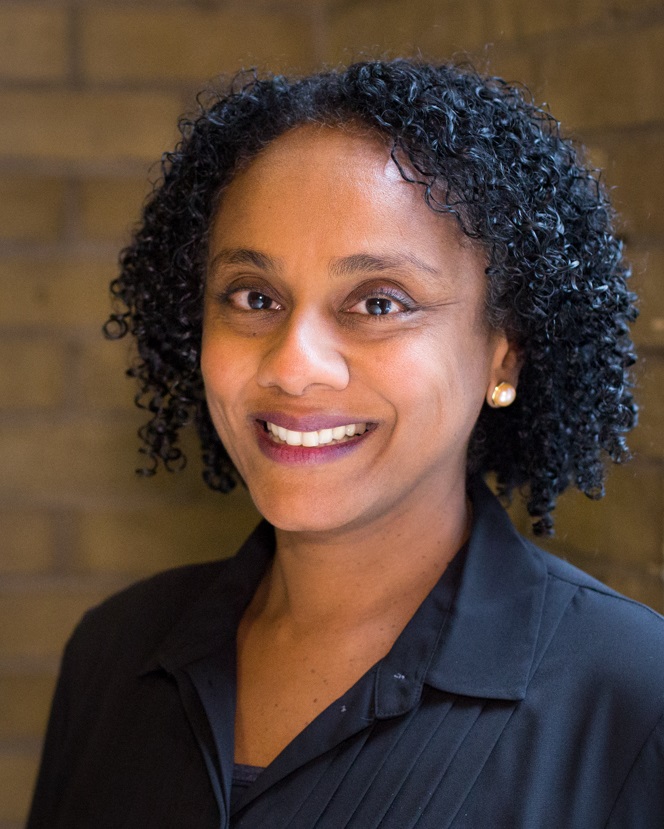Mobile Menu
- Education
- Research
-
Students
- High School Outreach
- Undergraduate & Beyond: Community of Support
- Current Students
- Faculty & Staff
- Alumni
- News & Events
- Giving
- About

 When I completed the MD program at the University of Toronto in 1991, there were two black students in my class – and I was one of them. Twenty-five years later the numbers haven’t changed much. While we want to be reflective of the communities we serve, that goal has yet to be achieved. We have seen greater gender equality, but there remain many racial and ethnic groups that are under-represented in our profession.
When I completed the MD program at the University of Toronto in 1991, there were two black students in my class – and I was one of them. Twenty-five years later the numbers haven’t changed much. While we want to be reflective of the communities we serve, that goal has yet to be achieved. We have seen greater gender equality, but there remain many racial and ethnic groups that are under-represented in our profession.
Why is this?
As researchers and clinicians, we know the importance of grounding our responses in evidence. As the Faculty’s first Chief Diversity Officer, I think that’s as essential in answering this question as with any other. So as I undertake this newly created role, one of my first priorities is to gather the evidence that will enable us to better define the scope of the challenges, and identify where the pressure points may lie. That means understanding the entire pathway to admission – starting as early as middle school – to see why some people can see themselves at U of T Medicine, while others can’t.
Our efforts will be supported, in part, by those occurring at the University level. Plans are being developed to collect more robust diversity and equity data from faculty and staff. Once that is done, the University will look at collecting information from students, which will require careful attention to a number of factors, including ensuring compliance with privacy legislation and designing collection mechanisms that will optimize response rates and data accuracy. This will build upon some preliminary data we have within the Faculty of Medicine. But as many of our students have previously studied elsewhere at U of T, this will give us a much broader understanding of the landscape.
We rightfully take pride in the Faculty’s long history of outreach in this area. In 1994, we established the Summer Mentorship Program, which engages high school students from African or Indigenous backgrounds in an exploration of the health professions through hands-on activities, lively discussions, research, and job-shadowing in hospitals and clinical settings. This was made possible through a unique partnership between the Faculty of Medicine, the Toronto District School Board and the Association for the Advancement of Blacks in the Health Sciences. Over the years, this partnership has grown to involve the faculties of Dentistry, Nursing, Pharmacy, and Social Work, as well as the Toronto Catholic District School Board, the York Region District School Board, the York Catholic District School Board, the Peel District School Board, the Dufferin-Peel Catholic District School Board, the Durham District School Board, Durham Catholic District School Board, and the Toronto Adventist District School Board. More than 600 students have completed the program, with 50 students welcomed to participate each year. It’s a remarkable testament of our Faculty’s commitment to diversity.
In addition, we are part of a broad eco-system that supports diversity at the University of Toronto. This includes the Anti-Racism & Cultural Diversity Office, the Sexual & Gender Diversity Office (formerly LGBTQ), and the Status of Women Office. This is in addition to many student-led initiatives that seek to make our campuses more inclusive environments. Leveraging their work and experiences in this area, coupled with identifying best practices elsewhere in Canada and the United States, can help us make progress.
Sometimes when this topic is raised, it’s suggested that we must ultimately choose to either support excellence or “do the right thing” — the premise being that we can’t embrace diversity and maintain quality at the same time. I don’t agree. And the research in this area supports my skepticism. In a 2015 paper published in the Proceedings of the National Academy of Sciences, the NIH’s Director and Chief Officer for Scientific Workforce Diversity pointed out that:
“In the technology arena, studies have shown that cultural diversity enhances information and communication technology team’s ability to make decisions. In health care settings, diversity among physician and allied health professionals improves access to care for underserved groups, develops culturally informed care, and broadens the health research agenda. At institutions of higher learning, diversity among faculty and student bodies is beneficial for student learning, skills development, and for advancing intellectual engagement and democratic outcomes.”
This has implications for research too. Writing in Nature, Harvard University economists Richard B. Freeman and Wei Huang found that research papers “with four or five authors of multiple ethnicities have, on average, one to two more citations than those written by authors all of the same ethnicity. This effect represents a 5-10% difference in the mean number of citations for a given publication.”
As we can see, diversity isn’t an alternative to quality; it fuels excellence. Being situated in Toronto — one of the world’s most multicultural cities — gives us an added opportunity. So let’s embrace diversity not only because it’s “right,” but because it’s one of our strategic advantages.
Lisa Robinson
Chief Diversity Officer, Faculty of Medicine
Professor, Department of Paediatrics